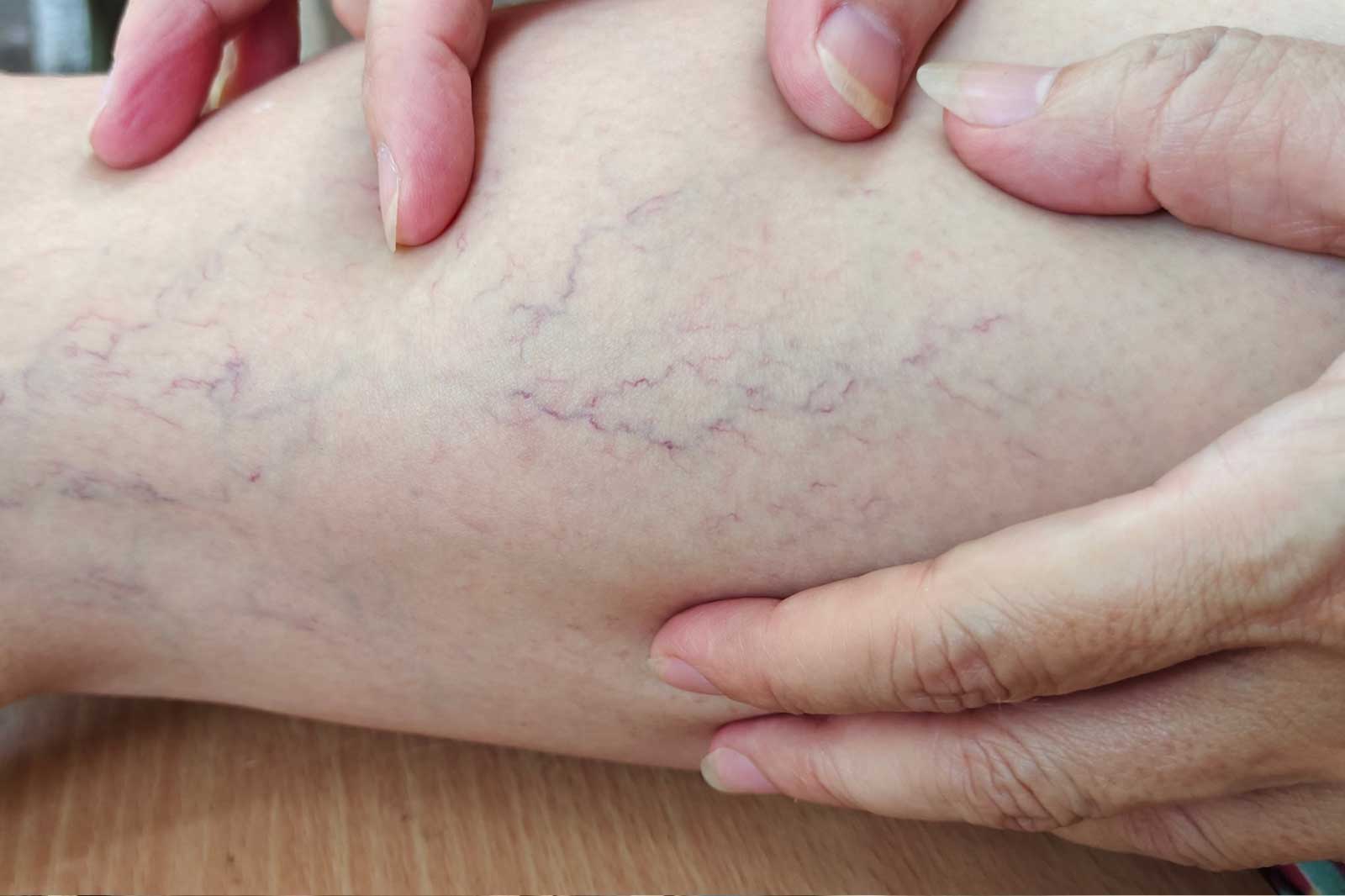Human blood, a lifeline coursing through our veins, holds the key to a fascinating optical illusion. We often observe veins as having a distinctive blue tint beneath the skin, prompting the question: Why veins appear blue? The answer lies in the interplay of light, tissues, and a complex protein called hemoglobin.
The Role of Hemoglobin:
At the core of this phenomenon is hemoglobin, a multifaceted protein that plays a pivotal role in transporting oxygen from the lungs to various tissues and organs. When oxygenated, hemoglobin gives blood its characteristic red color. However, the perception of veins as blue arises from factors beyond the intrinsic color of blood.
Light Interaction with Tissues and Skin:
As light penetrates the skin, it undergoes absorption, reflection, and scattering. The skin harbors various pigments, including melanin, which absorbs light. Additionally, different layers of skin and underlying tissues contribute to the scattering of light in diverse directions.
Rayleigh Scattering and Wavelengths:
The key player in the perceived color of veins is Rayleigh scattering. This phenomenon is more effective at shorter wavelengths, such as blue and violet, compared to longer wavelengths like red and yellow. When light interacts with the skin, the shorter blue wavelengths scatter more readily than their red counterparts.
Veins and Scattering Effect:
Veins, often situated close to the skin’s surface, become the canvas for this scattering spectacle. The scattering effect is accentuated, causing blue light to be diffusely scattered in multiple directions. This diffusion makes the blue light more visible to an observer, contributing to the distinct bluish hue associated with veins.
Individual Variations and Environmental Factors:
It’s crucial to acknowledge that individual variations, including skin tone and thickness, influence the appearance of veins. Moreover, lighting conditions and the angle from which veins are observed can impact the perceived color. The interplay of these variables adds complexity to the visual interpretation of vein color.
In general, blue veins are not a cause for concern and are a natural and common part of human anatomy. The blue tint observed in veins is primarily an optical illusion caused by the way light interacts with the skin, tissues, and blood. While the appearance of blue veins may vary among individuals based on factors like skin tone and thickness, it is usually not indicative of a health problem.
However, there are certain situations where visible veins may be associated with underlying issues:
Varicose Veins: Varicose veins are enlarged, twisted veins that often appear dark blue or purple. They can be a result of weakened vein walls and valves, leading to inefficient blood circulation. While varicose veins are generally not harmful, they can cause discomfort and may be a cosmetic concern for some individuals.
Poor Circulation: In some cases, visible veins may be associated with poor blood circulation. Conditions such as deep vein thrombosis (DVT) or peripheral artery disease (PAD) can affect blood flow and may lead to visible veins. If you experience symptoms like swelling, pain, or changes in skin color, it’s important to consult a healthcare professional.
Pregnancy: During pregnancy, hormonal changes and increased blood volume can make veins more visible, especially in the legs. While this is a common occurrence, pregnant individuals should discuss any concerns with their healthcare provider.
Age and Sun Exposure: Aging and prolonged sun exposure can affect the elasticity of the skin and make veins more noticeable. Protecting the skin from excessive sun exposure and maintaining overall skin health can help minimize these effects.
If you have specific concerns about the appearance of your veins or if you notice changes such as pain, swelling, or discoloration, it’s advisable to seek advice from a healthcare professional.
If you are in the Tampa Bay Area, contact Vein Institute of Pinellas today!






Leave A Comment